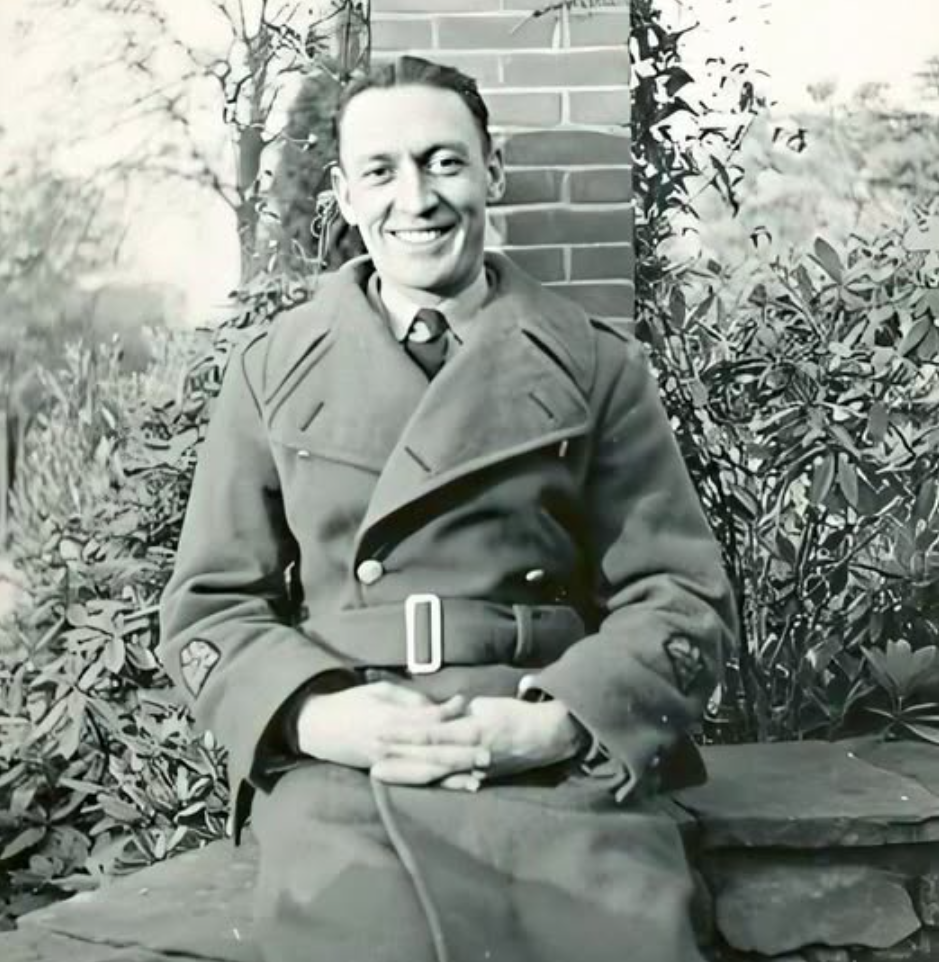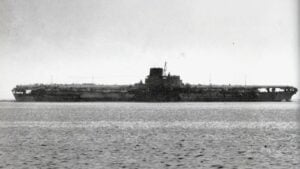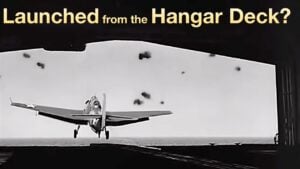Mystery of Missing WW2 RAF Bomber Solved as Burnt Maps Reveal Plane Reached Germany, Not Lost Over North Sea

News Made Interesting / YouTube
A Long‑Standing Mystery
For nearly eight decades the fate of Lancaster bomber RA508 remained a blank space in Royal Air Force records. Official logs insisted the plane fell into the North Sea during the night raid on Dortmund in March 1945, taking its seven‑man crew with it and leaving grieving families without answers.
Now new evidence collected in a small German town suggests the bomber completed its perilous crossing, was hit by anti‑aircraft fire near Cologne, and crashed in flames at Radevormwald. A burned set of RAF navigation maps, found in local archives, has reopened the investigation and may finally solve the mystery.

The Dortmund Raid
RA508 took off from RAF Metheringham near Lincoln shortly before midnight on 12 March 1945. It joined more than 1,100 bombers headed for the Ruhr. Weather was clear but flak batteries and night fighters lined the route. Only two Lancasters failed to return; RA508 was one of them that night.
The squadron log recorded a routine radio check over the North Sea, then silence. Crews returning to Lincoln reported searchlights and heavy fire near Cologne, yet no one saw RA508 go down. Relatives were told the aircraft “missing without trace,” and the crew were later commemorated at Runnymede memorial site.

Eyewitness Clues in Radevormwald
Several hundred miles away in the hill town of Radevormwald, residents remembered a different story. Villagers described a four‑engine bomber ablaze above the meadows of Ülfe district, then a violent explosion on impact. Teenager Friedhelm Brack hurried to the smoking crater and retrieved fragments, including crumpled, singed paper charts there.
Brack stored the relics for decades, later donating them to the town archive. When researcher Manfred Weichert examined the bundle, he noticed the unmistakable RAF grid pattern and a pencilled course line from Lincolnshire to Dortmund. “I am 99.9 percent sure this is Lancaster RA508,” Weichert declared to local news last week.

Burned Maps and Handwritten Notes
The partially burned maps also carried neat initials next to time marks, evidence that a navigator had been updating the route minutes before the crash. If relatives can match the handwriting to a crew diary or letter, the final identification could be certain and an official revision of records requested.
Ken Haw, nephew of flight sergeant Kenneth Robert Haw, hopes the script belongs to his uncle. “They were all heroes who went out to do a job,” Haw said. He recalled how his aunt Queenie chased the departing lorry on the morning of the mission but missed a last goodbye to him.
Resting Place Beneath an Industrial Estate
Weichert believes the crew’s remains were hastily buried in a bomb crater beside the wreck and later covered when the land was redeveloped. “The wreckage was probably scrapped after the war, but there are no records,” he noted. Today the meadow is an industrial estate, its surface undisturbed since then.
He has appealed to local officials and surviving relatives to allow a ground‑penetrating radar survey. If remains are located, the Commonwealth War Graves Commission could arrange proper burial alongside comrades. For Haw and other families, proof that RA508 reached Germany would at last close a painful chapter of the war.

Echoes of Other Discoveries
The renewed interest in RA508 follows several recent recoveries of lost wartime craft. In Greece, divers located the wreck of submarine HMS Trooper, missing since 1943. In Norway, parts of a Mosquito reconnaissance plane surfaced from a melting glacier. Each find reminds researchers that wartime secrets still lie hidden beneath earth.
For the people of Radevormwald, the planned flyover of a modern RAF transport this summer will honor both the fallen crew and the civilians who witnessed the crash. Weichert hopes it will also spur official permission to excavate. “History is under our feet,” he said. “We owe them their names.”




















